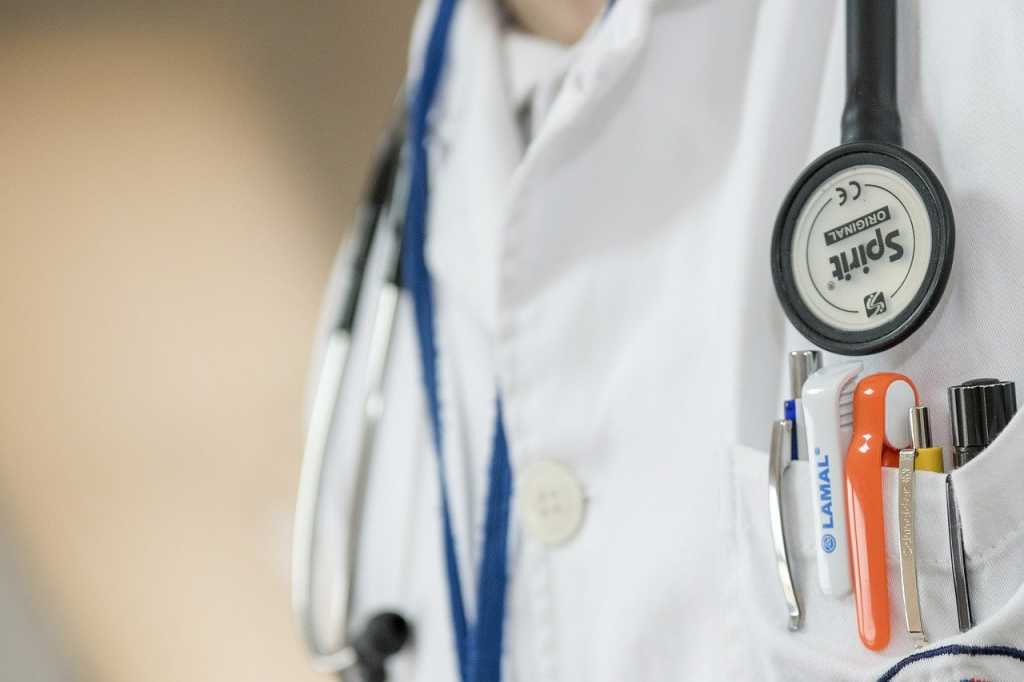Lack of the sunshine vitamin has an extremely negative effect on health, so its prevention is the best service for your body. Here are the symptoms that indicate vitamin D deficiency in the first place.
Musculoskeletal and skin problems
Muscle weakness, pain and cramps in muscles and bones, poor healing of fractures, hair loss, brittle nails, dryness, itching of the skin – all this can occur because the body decreases vitamin D-dependent deposition (storage) of calcium in the bones, muscles, skin and its derivatives – nails and hair.
Weakness and bad mood
Lethargy, drowsiness or insomnia, increased fatigue, a decreased mood and depression, increased sweating, especially of the palms and feet, due to the presence of vitamin D receptors in the nervous tissue may possibly occur.
Decreased immunity

Since vitamin D affects the body’s immune cells, increasing their resistance to various infectious and inflammatory processes, its deficiency can decrease general and local immunity and, as a result, frequent colds, various inflammations, and slowly healing wounds.
Vision and digestive problems
Decreased appetite, weight loss, dryness (burning) in the mouth and blurred vision are also associated with the presence of vitamin D receptors in the tissues of the digestive system and the organs of vision, which react to its deficiency by characteristic disturbances.
Development of a chronic disease
Since the primary function of vitamin D is the regulation of phosphorus-calcium metabolism, that is, an increase in the absorption, assimilation and intake of calcium into bones and muscles, with its prolonged deficiency, the following occurs:
- slowing down the pace of development in children (stunted growth, underweight, late teething, enamel defects), rickets, spinal deformities,
- in adults – osteoporosis, fractures, frequent caries,
- in women – menstrual irregularities up to infertility,
- delayed puberty in adolescents (vitamin D is also involved in regulating the menstrual cycle, having its receptors in the genitourinary system).
At the same time, it is essential to remember that the above symptoms can also occur with other diseases associated with malfunctioning the endocrine, cardiovascular, nervous, and digestive systems, so it is not recommended to take high (therapeutic) doses of vitamin D on your own. The best option is to discuss this issue during a consultation with a specialist.
Vitamin D is formed under ultraviolet radiation in the skin and comes with food from fish oil, meat, liver, eggs, milk, dairy, and fermented milk products. Therefore, when prescribing preventive and therapeutic doses of this vitamin, it is necessary to consider both the organism’s characteristics and the nature of the diet (vegetarianism, veganism, refusal of certain foods).

In addition, before prescribing vitamin D, it is necessary to establish its initial level in the blood – this must be done by a doctor.
If this is not possible, a diet rich in vitamin D is recommended, sunbathing in the autumn-winter-spring period (October-April), taking a prophylactic dose of vitamin D, which, depending on the region of residence, is from 500 (in the middle and southern latitudes) up to 1000-1500 (in the north) IU per day.











